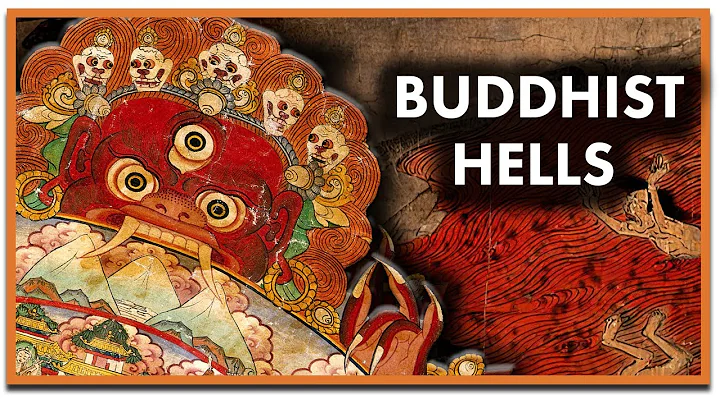
Shuangguitang is located in Wanzhu Mountain, 13 kilometers southwest of Liangping County, covering an area of about 70,000 square meters. The temple faces east and west, and the hall is made of wood and stone. It has seven buildings, including the Dashanmen, Maitreya Hall, Main Hall, Jie Hall, Poshan Pagoda, Great Compassion Hall, and Sutra Library. Shuanggui Hall is extremely famous. It is a famous Buddhist Zen temple in China and is revered as the "ancestral garden of Zen Buddhism in Southwest China". After more than 350 years, it has become magnificent and prosperous, and is known as the "head of the southwest jungle", "the first Zen forest" and "the giant of the sect".

What shocks the world most about Shuanggui Hall is that it contains the Indian Sanskrit "Baye Sutra" in the eleventh and twelfth centuries, which is the treasure of the hall. There are golden osmanthus trees and silver osmanthus trees in front of the hall. It is said that they were cultivated by Chang'e, irrigated with water from the pure bottle of Guanyin Bodhisattva and sent to the world. During the Anti-Japanese War, temples across the southwest were heavily damaged. Shuanggui Hall, which has gone through the troubled times, still retains the relics of Sakyamuni, the Bay Leaf Sutra, the Jade Buddha, and a large number of Buddhist collections. Shuanggui Hall is not named after "Temple" or "Temple", but "Tang" because it is a Buddhist lecture hall, equivalent to the higher education institution founded by Sakyamuni in the southwest.

The incense in Shuanggui Hall continues all year round, and Sanskrit sounds are everywhere. Under the glass glazed tiles, there are cigarette smoke and wooden fish knocking every day. The phoenix eyebrow roof, eaves and flying ridges complement each other. Green hills serve as screens, bamboo groves serve as tents, and hundreds of bronze Buddha statues, clay sculptures, stone carvings and calligraphy and paintings make Shuanggui Hall heavy and ancient.
This antique city tower has wings spread and eaves, ready to fly. The melodious Buddhist music reaches the ears from the temple, making people sublime and purify, forgetting both things and myself. In the main hall, there is a huge Tathagata Buddha. He holds a willow purification bottle in his left hand, a fearless Vajra mudra in his right hand, a necklace on his chest, a heavenly robe on his shoulders, and a lifelike look.

The founder of Shuanggui Hall is the monk Poshan, who is erudite and has 110 disciples. These disciples went to Sichuan, Yunnan, and Guizhou to serve as abbots in many temples that were destroyed by war. Therefore, Shuanggui Hall is honored as the "ancestral court of Yelin in Yunnan, Guizhou, and Sichuan". Monk Poshan has made great contributions to Buddhist history, and the "Poshan Temple" commemorating him is still preserved in Southeast Asia. Every year at midnight on the 30th night of the twelfth lunar month, Shuanggui Hall holds a Dharma ceremony, and pilgrims who want to participate need to make an appointment in advance.

At midnight on New Year’s Eve, the New Year’s blessing ceremony begins. In the main hall filled with incense, the lights are bright, monks and laymen stand solemnly, and the Sanskrit band is composed of qianzhi, chime , fish mallet, and hinge instruments. Under the guidance of the large chime , the monks chanted scriptures and worshiped the Buddha. Pilgrims who burn incense participate in the blessing ceremony according to Buddhist rituals. Near Shuanggui Hall is the "Guanyin Bamboo Sea" in Chongqing Municipal Scenic Area. It integrates bamboo forests, landscapes and humanities, and is a large bamboo sea that is "majestic, strange, dangerous, beautiful, secluded and unique". Known as a "museum of sorts", it is worth a visit.
Text: Chen Yu Photography: Liu Wangyang

















![[English] Who Am I - Lecture 1 - Ven. Guan Cheng - DayDayNews](https://i.ytimg.com/vi/KU0fUs2It5o/hq720.jpg?sqp=-oaymwEcCNAFEJQDSFXyq4qpAw4IARUAAIhCGAFwAcABBg==&rs=AOn4CLDFpQUN_QwRfC7bmP4sUadq-RcYdg)
![A Moving Masterpiece 清明上河图 [English narration] - DayDayNews](https://i.ytimg.com/vi/kxff-4GktOI/hqdefault.jpg?sqp=-oaymwEcCOADEI4CSFXyq4qpAw4IARUAAIhCGAFwAcABBg==&rs=AOn4CLBtHGLeUpJNCYDJYnZTuISQ1N5Vag)


